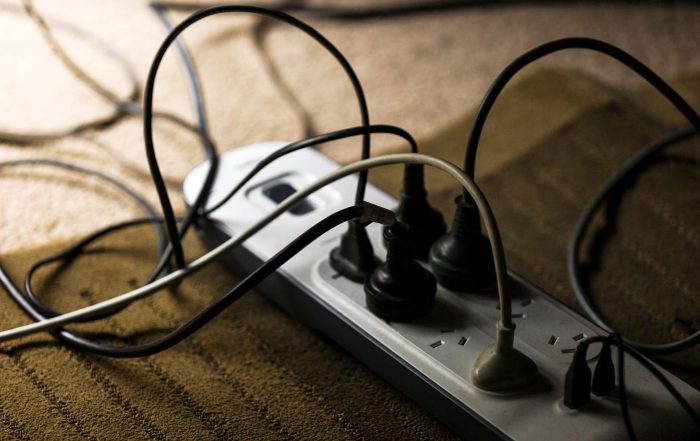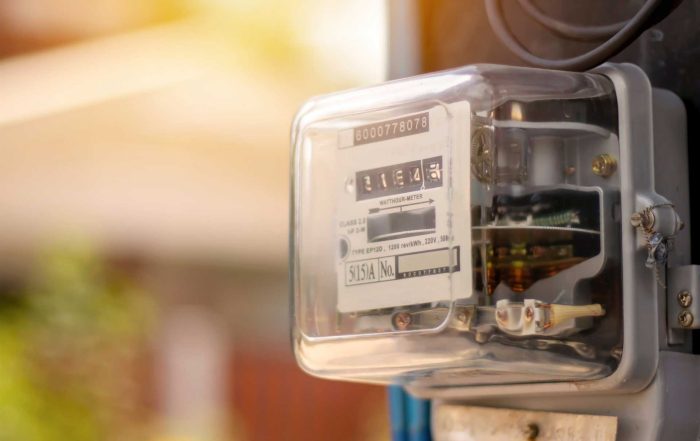Top Electrical Maintenance Tasks for Warehouses
Electrical Maintenance in Your Warehouse
A big part of being confident that your warehouse is running as smoothly as it should is knowing that all your electrical systems are being maintained properly.
The problem is knowing what you should be getting done with that maintenance, so we’ve put together this super useful blog post to help!
Here’s what’s covered with electrical maintenance for warehouses.
Regular Servicing
This is the basis of making everything run properly. Having a schedule for maintenance and servicing helps avoid accidents, sudden emergencies, or money-wasting downtime. Regular servicing helps prevent a lot of extensive and expensive repairs or replacements.
Each warehouse maintenance schedule should be tailored to that location, its specific environment and equipment, and be timed to cause minimal disruption, if any, to your activities. Areas covered in a scheduled maintenance contract can include:
- Testing of both exit and emergency lighting to ensure they meet or exceed the legal requirements
- Comprehensive check of all servers, switchboards, checking connections, and seeking out hotspots for potential future failure
- Operations check for power sources, lighting and air-con – adjustments can be made for period until next inspection, so that timers and sensors match your seasonal needs
- Replacement of any lamps or light fittings
- Preventative maintenance for an uninterruptible power supply (UPS) and generator
Testing and tagging
Testing and tagging operations are legally required, and involve disconnecting devices to visually inspect areas such as the plug, cord and item itself. We then use of Portable Appliance Tester to check that the power usage is stable. If the test is successful, a tag is added to the device cord and the result is recorded in a test log. After all devices have been tested, a copy of the complete test log is provided for your workplace Health and Safety Register.
How often devices need to undergo this procedure can range from every quarter to only every few years. This depends both on the environment in which they are used and the actual equipment and cord itself.
Electrical troubleshooting and fault finding
Key causes of electrical faults are generally where a connection breaks, or a short circuit (where an excess current flow causes damage). When you have an electrical fault, we need to find the cause and fix it so we aren’t back out a few days later. Some of the common causes of electrical fault can include:
- Corroded, dirty or loose connections
- Faulty earth connections, relay or sensor
- Blown or melted fuse and links
- Internal wire breaks
- Weak or damaged insulation
A simple visual inspection is usually our first action, in case the problem is obvious. Otherwise, we start running a number of different tests. These tests can check key aspects such as whether protection devices are functioning as they should, channel resistance is normal, there is any physical damage to components, voltage is correct, and contact switches, relays and timers are operationally functional.
We often use a DVOM (Digital Volt-Ohm Meter) to check things like the volt, amps, resistance, continuity, and load and voltage drop. If it looks like an open circuit issue, we might end up running a continuity test, which deals with dead power or power-on circumstances.
Most importantly
From having maintained warehouses for a LONG time, we feel one of the most important things you can do is have a relationship with a quality reliable electrician. We’ve seen some pretty terrible situations where the previous electrician had NOT been maintaining things as they should, and there can be some pretty heavy damages if it doesn’t get caught.
So if you have a warehouse that needs electrical maintenance in Sydney, and don’t have a quality electrician taking care of things, we’d love to chat!



